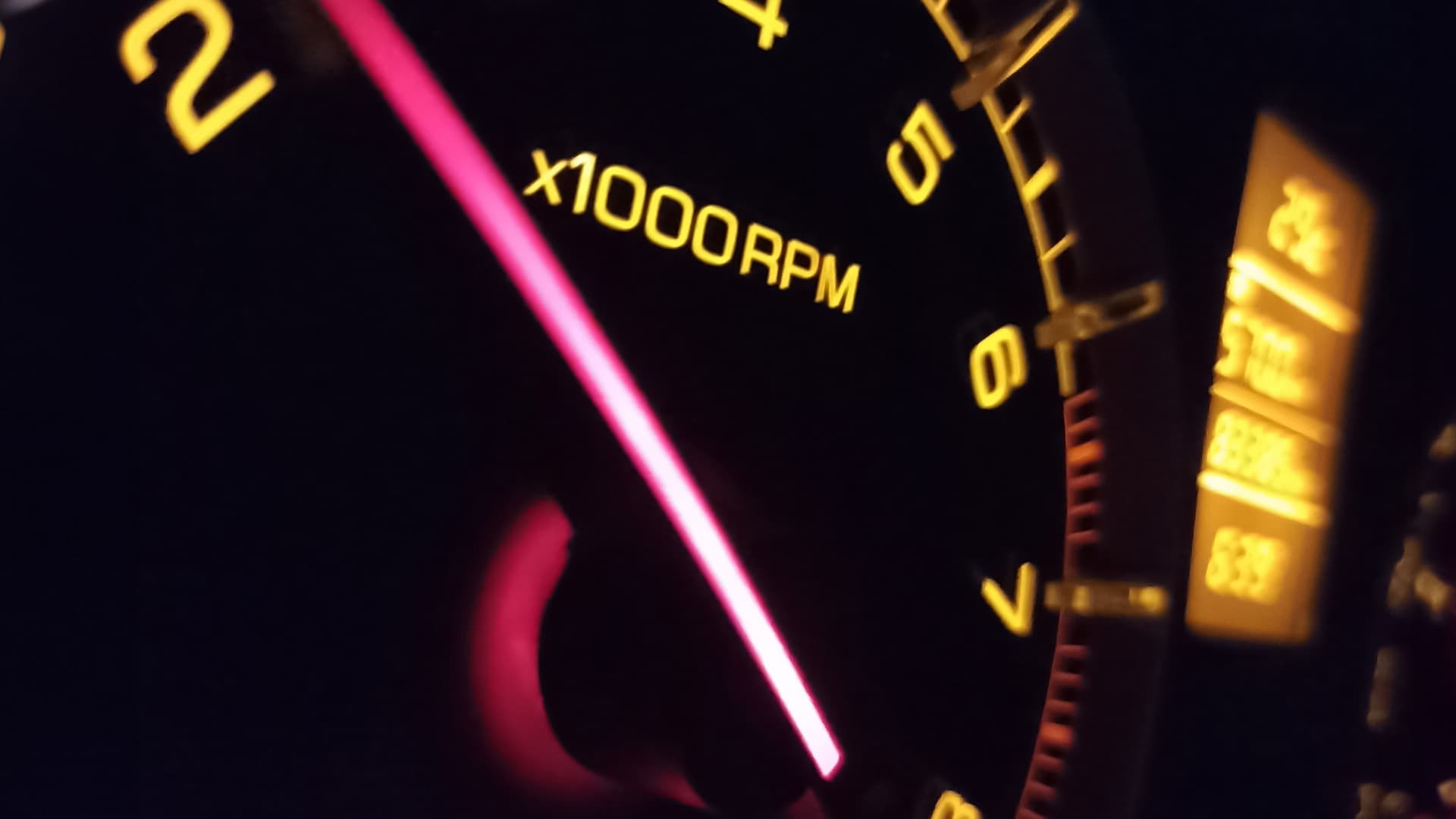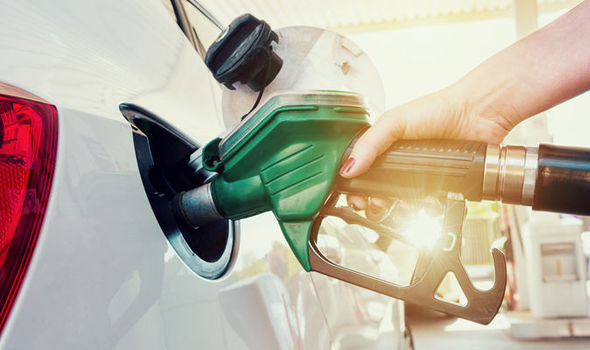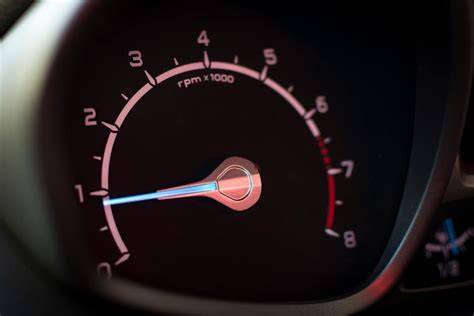Reducing CO₂ emissions and saving on fuel costs is not just good for the planet—it’s good business. For fleet operators in Singapore, RPM regulators offer a simple yet powerful solution. These devices help control engine speed, cutting down fuel consumption and harmful emissions. They’re low-maintenance, cost-effective, and align perfectly with the Singapore Green Plan 2030.
Let’s explore how RPM regulators work, how they help your fleet, and how you can start using them right now.
What Are RPM Regulators and How Do They Work?

The Brain–Muscle Connection: RPM Regulator and ECU
Modern vehicles rely on the Engine Control Unit (ECU)—a central computer that governs how the engine responds. The RPM regulator connects directly to it, monitoring engine revs in real time. If it spots RPM creeping past safe limits—like during hard acceleration or a downhill run—it tells the ECU to adjust throttle or fine-tune fuel delivery.
This setup is called a closed-loop system, a standard in modern engine control. It prevents the engine from working harder than necessary, boosting fuel efficiency and easing stress on key parts like pistons, crankshafts, and turbos.
Why Regulating RPM Is Critical
By regulating engine speed, RPM regulators:
-
Prevent engine over-speeding and fuel wastage
-
Reduce thermal stress on engine components
-
Promote smoother driving cycles, especially in urban or congested conditions
-
Support driver behavior normalization by limiting excessive throttle use
This makes RPM regulation particularly useful in Singapore’s variable road environments, such as the East Coast Parkway (ECP), hilly Bukit Timah routes, or stop-and-go CBD traffic.
How It Works in Practice
Here’s a simplified breakdown of what happens when an RPM regulator is active:
-
Vehicle accelerates
The driver presses the accelerator, causing the engine RPM to rise. -
RPM approaches threshold
Let’s say the limit is set at 2,300 RPM. As the engine nears this limit, the regulator begins to modulate response. -
Throttle and fuel flow adjusted
The ECU reduces the throttle input and adjusts the fuel-air mixture via fuel injection control. This slows down engine revolutions. -
Stabilization
The engine maintains a steady RPM below the cap, optimizing fuel burn and minimizing strain. -
Real-time monitoring continues
The regulator keeps communicating with the ECU in milliseconds to adapt to slope, load, or traffic conditions.
Not Just a Speed Limiter – A Smarter Fuel Manager
Unlike speed limiters, which control how fast a vehicle moves on the road, RPM regulators manage how hard the engine works, regardless of the terrain. This is especially important for:
-
Heavy commercial vehicles like trucks and trailers
-
Buses that operate on fixed city routes with frequent stops
-
Delivery vans navigating narrow, congested urban roads
-
Construction vehicles idling for long periods or operating under load
In these cases, engine behavior is often more important than road speed when it comes to fuel use and mechanical strain. RPM regulation allows these engines to operate within the “sweet spot” of combustion—often between 1,800–2,400 RPM—where fuel is burned most efficiently.
Fuel Cost Savings with RPM Regulators in Fleet Vehicles
This is where RPM regulators make a measurable impact. By keeping the engine’s revolutions within an optimal range, these devices eliminate unnecessary fuel burn that goes unnoticed in day-to-day driving.
Where the Waste Happens: Hidden Fuel Losses
Most fleet managers know about the obvious fuel drains—poor route planning, old engines, and excessive idling. But they often overlook one silent killer: excessive engine RPM.
Here’s where RPM regulators save you fuel:
-
Unnecessary Revving: Drivers often over-rev engines when accelerating or downshifting too aggressively. Each spike above optimal RPM wastes fuel with no added power benefit.
-
Idling at High RPM: When engines idle at 2,500 RPM instead of 1,500 RPM, they burn up to 65% more fuel per hour. In urban fleets, idle time is unavoidable—but high-RPM idling is fixable.
-
Aggressive Acceleration: Without regulation, drivers may floor the accelerator on green lights, pushing RPMs into inefficient zones. RPM caps prevent this surge without needing driver discipline.
-
Downhill Fuel Waste: On slopes, gravity can drive the vehicle while the engine keeps spinning at high RPM—especially in heavy-duty vehicles. This “free spin” doesn’t help movement but still burns fuel.
Putting the Numbers to Work
Let’s break it down with a practical example based on a common use case:
A medium-duty fleet truck idles or runs inefficiently for 2 hours per day, 5 days a week. That’s 10 hours weekly and ~500 hours annually.
Assuming the engine burns 0.5 liters more per hour than necessary due to high RPM levels:
500 hours × 0.5 liters = 250 liters wasted/year per vehicle
Now multiply that by a fleet of 100 vehicles:
100 × 250 = 25,000 liters of diesel wasted annually
With diesel prices in Singapore averaging SGD $2.40/liter, that’s:
25,000 × 2.40 = SGD $60,000 lost per year
And that’s only from excess RPM during idle or low-efficiency driving. It doesn’t even count fuel burned due to over-revving on highways or poor torque management under load.
What Fleet Operators Are Reporting
Companies in Southeast Asia who’ve adopted RPM regulators—especially in logistics, delivery, and school transport—have reported fuel savings ranging from 10% to 15% within the first 3 to 6 months. Some key findings:
-
Improved mileage: More kilometers per liter, especially in mixed driving conditions.
-
Less variation in fuel usage: Fleet fuel performance becomes consistent across drivers.
-
Reduced maintenance cost: Lower fuel waste reduces carbon buildup and engine stress.
With such savings, most fleet operators achieve return on investment (ROI) within 6–8 months, depending on fuel volume and fleet size.
CO₂ Emissions Reduction: Environmental Impact of RPM Regulation
Every liter of diesel burned produces about 2.68 kg of CO₂. When RPM regulators cut fuel use, they also reduce your carbon footprint. This is critical in a city-state like Singapore, where the government is pushing for cleaner transport systems under the Singapore Green Plan 2030.
Here’s how RPM regulators contribute:
-
Lower fuel burn = lower emissions
-
Consistent engine operation = fewer pollutants
-
Less engine strain = longer-lasting vehicles (less waste)
By optimizing how engines perform, RPM regulators help fleets align with Environmental, Social, and Governance (ESG) goals. They’re a step forward in supporting green transport initiatives, without having to completely overhaul your existing fleet.
Why It Matters in Singapore
Singapore is one of the most tightly regulated transport ecosystems in the world—and for good reason. With limited land, high vehicle density, and a strong national focus on sustainability, the country is pushing aggressively toward a low-carbon transport future. For fleet operators, this means the regulatory environment isn’t just a consideration—it’s a catalyst for action.
At the center of this push is the Land Transport Authority (LTA), which governs everything from vehicle emissions to road safety and intelligent mobility.
The Singapore Green Plan 2030: A Blueprint for Sustainable Mobility
The Green Plan outlines:
-
The electrification of vehicles
-
Expansion of green and car-lite towns
-
More low-emission zones (LEZs)
-
Stricter fleet fuel efficiency standards
While the plan promotes electric vehicles (EVs), a full EV transition is not immediately practical for all fleet types—especially for older diesel-based commercial fleets. This is where RPM regulators present a compliant, cost-effective alternative.
How RPM Regulators Support Policy Without Needing Full Electrification

Electric vehicles may be the end goal, but the reality is that many logistics fleets, buses, and heavy-duty vehicles still run on internal combustion engines (ICEs). RPM regulators provide a bridge technology—one that helps reduce emissions today, without massive capital expenditure.
Here’s how RPM regulators fit seamlessly into Singapore’s regulatory goals:
| Policy Objective | How RPM Regulators Support It |
|---|---|
| Reduce CO₂ emissions | Cuts fuel use directly through engine speed control |
| Lower harmful particulates (NOx, PM2.5) | Stabilizes combustion cycles, reduces incomplete fuel burn |
| Improve urban air quality | Ideal for dense CBD traffic where revving and idling are common |
| Promote fuel efficiency in ICE fleets | Enforces consistent RPM, regardless of driver habits |
| Support vehicle standards compliance | Compatible with LTA inspections and telematics frameworks |
In short, RPM regulators are an LTA-aligned solution that improves emission performance without modifying engine architecture or adding complexity.
Ready for Tightening Fuel Efficiency and Emission Standards
As Singapore tightens its vehicle compliance programs, fleet operators will increasingly need to:
-
Submit fuel consumption data
-
Prove carbon reduction efforts
-
Meet emission benchmarks (e.g., Euro 6, mandated for new diesel vehicles)
-
Participate in green fleet incentive programs
Installing RPM regulators demonstrates proactive compliance. It shows regulators that your company is investing in carbon reduction, not just reacting to mandates. This can even strengthen your case when applying for:
-
Fleet renewal grants
-
Vehicle emissions rebates (VER)
-
Green certification programs
In an age of compliance-driven contracts—where government or corporate tenders demand environmental standards—this technology becomes more than a tool. It’s a competitive advantage.
RPM Regulators vs. Other Efficiency Technologies
Let’s compare RPM regulators with other tools fleet managers often consider:
| Technology | Strengths | Limitations |
|---|---|---|
| AI Route Optimization | Real-time route changes, lower miles | Doesn’t control engine behavior |
| GPS Speed Limiters | Limits vehicle speed | Doesn’t reduce engine revving |
| Telematics Software | Monitors driver habits, offers alerts | Doesn’t automatically enforce control |
| RPM Regulators | Controls engine output, saves fuel | Works best with ECU-compatible vehicles |
The RPM regulator doesn’t replace these tools—it complements them. Together, they create a well-rounded, smart, and efficient fleet system.
Real-World Applications: Use Cases in Singapore Fleets
Public Transport: Buses fitted with RPM regulators consume less diesel and meet emission norms more easily. With fewer breakdowns, they stay on the road longer.
Delivery Fleets: In the competitive logistics space, fuel efficiency is key. RPM regulators prevent fuel waste during stop-and-go deliveries in dense neighborhoods.
Construction Vehicles: These heavy-duty machines often run idle or under high load. RPM regulators help them run efficiently without overtaxing the engine.
Fleet managers using RPM tech have noted better driver behavior, fewer maintenance issues, and improved total cost of ownership (TCO).
Implementation Guide: How to Equip Your Fleet with RPM Regulators
Adding RPM regulators to your fleet is easier than you think. Here’s a quick step-by-step guide:
-
Fleet Assessment
Identify which vehicles are eligible. Most diesel and petrol engines with ECU support can be upgraded. -
Installation
Certified technicians install the regulator and calibrate it based on your fleet’s needs. -
Calibration & Testing
Adjust settings for ideal RPM levels. Typically, this sits between 1,800–2,400 RPM depending on vehicle type. -
Training Drivers
Teach your drivers how the system works. Most won’t notice a difference in drive feel—just fewer fuel stops. -
Monitoring Results
Track fuel use and CO₂ data. Most see improvements within weeks.
With minimal downtime and low cost, the ROI is clear.
FAQs
1. How much fuel can I save?
Up to 10–15% depending on driving habits and terrain.
2. Will this affect my engine’s performance?
No. It actually helps the engine last longer by preventing over-revving.
3. Is this approved by Singapore authorities?
Yes. It complies with existing LTA frameworks and helps meet emissions targets.
4. Can I use this with hybrid or electric vehicles?
RPM regulators are for combustion engines, but hybrid models with an engine may still benefit.
5. Will drivers need to adjust their habits?
Slightly. Most won’t feel a difference, but they’ll notice fewer refueling stops.
Conclusion: A Smart Step Toward Greener, Leaner Fleets
Installing RPM regulators is a straightforward way to cut fuel costs and emissions—no need for new vehicles or complicated tech. For Singapore fleets facing high fuel prices and stricter rules, they offer a practical edge.
If you’re running commercial vehicles and aiming to save on fuel, reduce emissions, and improve long-term efficiency, RPM regulators are worth serious consideration.
